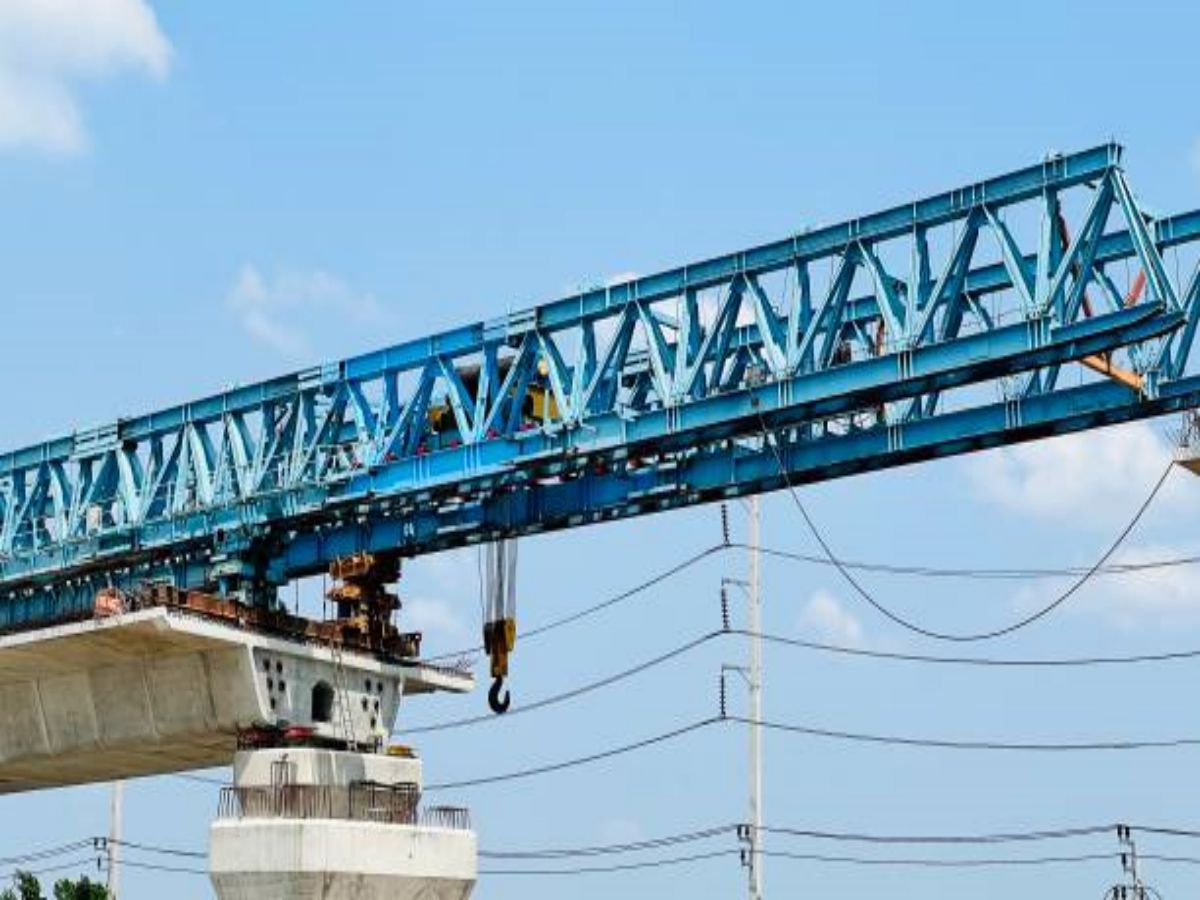Introduction
When it comes to lifting heavy loads in industrial settings, cranes play a vital role. They are essential for efficiently moving objects of various sizes and weights. However, not all cranes are created equal. In this article, we will explore the difference between single girder and double girder cranes, two commonly used types of cranes in the industry.
Single Girder Crane
A single girder crane, as the name suggests, is a type of crane that utilizes a single girder to support the load. The girder is the horizontal beam that spans the width of the crane and carries the hoist. Single girder cranes are commonly used in light to medium-duty applications, where the load doesn't exceed certain weight limits.
These cranes are known for their simplicity and cost-effectiveness. They are often used in workshops, warehouses, and small manufacturing facilities. Single girder cranes are relatively easier to install and maintain compared to their double girder counterparts.
Double Girder Crane
A double girder crane, on the other hand, features two girders instead of one. The two girders run parallel to each other and provide increased stability and lifting capacity. Double girder cranes are typically used in heavy-duty applications where lifting heavier loads is required.
Due to their design, double girder cranes are more suitable for longer spans and higher hook heights. They are commonly found in industries such as steel mills, power plants, and construction sites. These cranes offer improved safety and allow for precise control over the lifted load.
Load Capacity
One of the key differences between single girder and double girder cranes is their load capacity. Single girder cranes are generally designed to handle lighter loads, typically ranging from 1 ton to 20 tons. On the other hand, double girder cranes have a higher load capacity, often ranging from 5 tons to over 500 tons.
The increased load capacity of double girder cranes is achieved through the use of two girders, which distribute the load more evenly. This makes them ideal for lifting heavy machinery, large containers, and other substantial loads.
Span Length
The span length refers to the distance between the runway rails on which the crane travels. Single girder cranes are suitable for shorter spans, typically ranging from 10 meters to 30 meters. They are designed to cover a smaller area efficiently.
On the other hand, double girder cranes are capable of spanning greater distances. They can cover spans ranging from 30 meters to over 100 meters, making them more suitable for larger industrial facilities.
Height of Lift
The height of lift refers to the vertical distance from the floor to the highest point the crane can lift the load. Single girder cranes have a limited height of lift compared to double girder cranes.
Double girder cranes provide a higher height of lift, allowing them to handle taller loads and work in facilities with high ceilings. This feature is especially beneficial in industries where vertical space is a crucial factor, such as warehouses and storage facilities.
Cost
Cost is an important consideration when choosing between single girder and double girder cranes. Single girder cranes are generally more affordable compared to double girder cranes.
The simpler design and fewer components of single girder cranes contribute to their lower cost. They are a cost-effective solution for applications that don't require heavy lifting capacity or long spans.
Installation and Maintenance
Single girder cranes are relatively easier and quicker to install compared to double girder cranes. Their simpler design requires fewer structural components, reducing installation time and costs.
In terms of maintenance, single girder cranes also have an advantage. With fewer moving parts and a simpler structure, maintenance and repair tasks are generally less complex and costly for single girder cranes.
Conclusion
In summary, the choice between single girder and double girder cranes depends on the specific requirements of the lifting operation. Single girder cranes are suitable for lighter loads, shorter spans, and lower heights of lift, while double girder cranes offer higher load capacity, longer spans, and increased height of lift.
Consider factors such as the weight of the load, the length of the span, the height of lift, and the available budget when selecting the appropriate crane for your needs. Consulting with crane experts and manufacturers can help ensure that you make the right choice for your specific lifting requirements.

